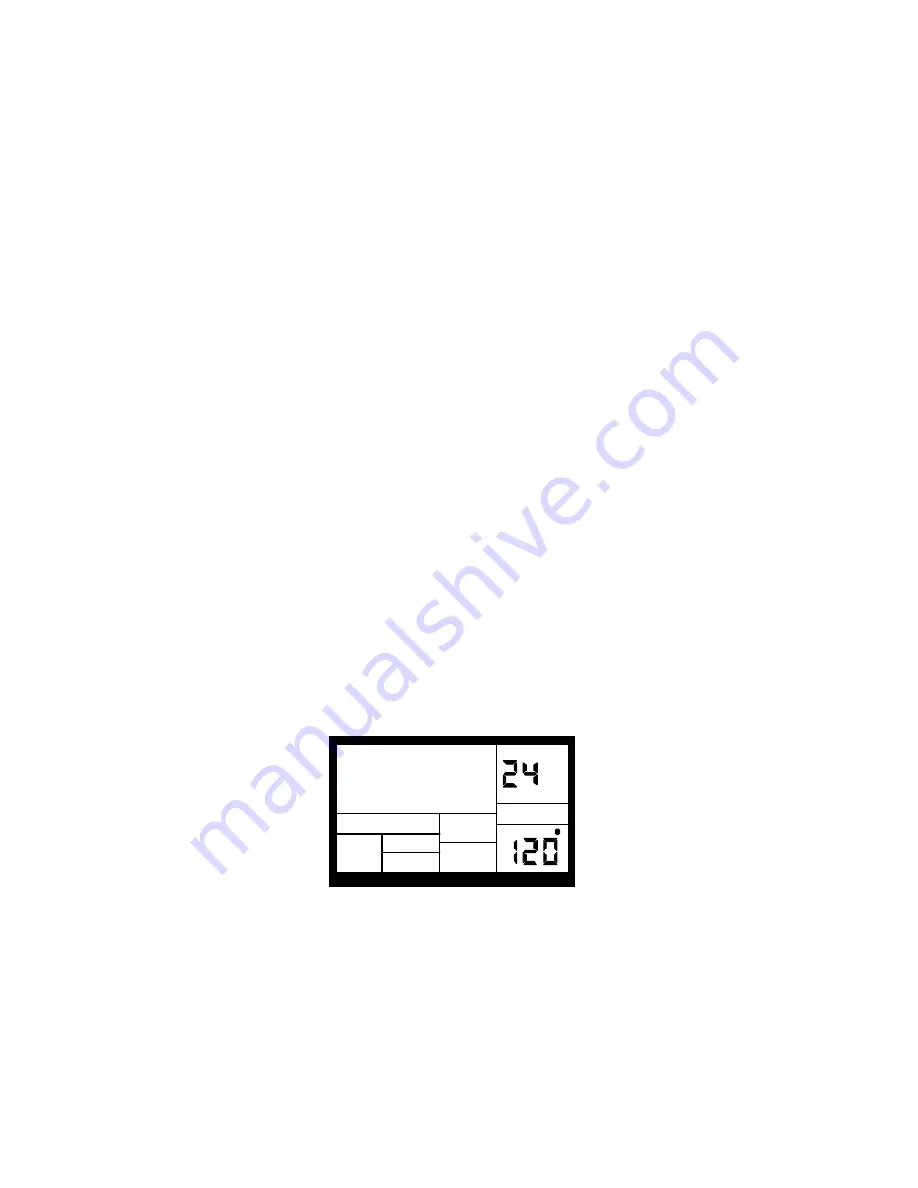
20
When a Main Pattern reaches its end, it will loop back to the beginning and continue playing
from that point unless you select a new Pattern, selected a Fill Pattern initially, or stop the
Pattern (section 3.1E).
If you select a User Pattern that contains no data, the display says
EMPTY PATTERN
. If you
select a User Pattern that contains data but has not yet been named, the display says
NO
NAME
.
3.1E Stop/Restart a Pattern
1.
To stop the Pattern, press STOP.
2.
To restart the Pattern from the beginning, press PLAY. Pressing PLAY will always restart a
Pattern from the beginning, regardless of whether the Pattern is stopped or already playing.
3.1F Using the Start/Stop Footswitch
When the IDM01 is stopped, pressing a footswitch plugged into the Start/Stop footswitch jack
is equivalent to pressing PLAY. When the IDM01 is running, pressing the footswitch is
equivalent to pressing STOP.
Background
The rear panel Start/Stop footswitch jack accepts a momentary, normally open or normally closed
footswitch (available at most music stores) for remote or foot control of the stop and start functions. The IDM01
checks the footswitch on power-up to determine whether it is normally open or normally closed, so make sure the
footswitch is plugged in (and you're not pressing it down) when you turn on power.
3.1G Select New Patterns While in Perform (Playback) Mode
In Perform mode, you can select a new Pattern number (with the desired A or B designator) or
switch from A to B Patterns within a Pattern number at any time. The newly-selected Pattern
will play back as soon as the current Pattern plays through its entire length. The display shows
the Pattern to be played next.
PATTERN
A
PRESS PLAY
TEMPO
PERFORM
003 NEXT
PATT24
PLAYING
USER
B
To select a new Pattern in Perform mode, enter the two-digit Pattern number. If an A Pattern is
currently playing, the new Pattern number will play the A variation. If a B Pattern is currently
playing, the new Pattern number will play the B variation.
You can also enter a two-digit Pattern number followed by A or B or PRESET/USER to call up
an A or B or Preset or User Pattern, regardless of the Pattern that is currently playing. Fills are
a special case that will be discussed next.




































